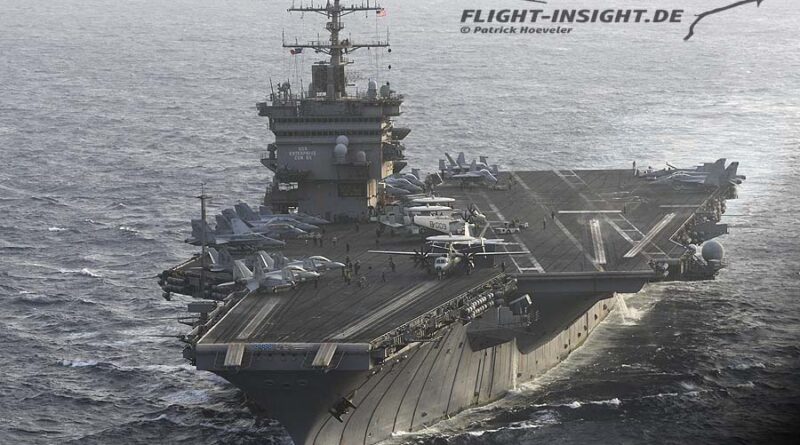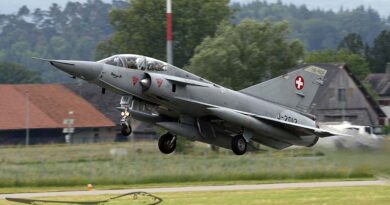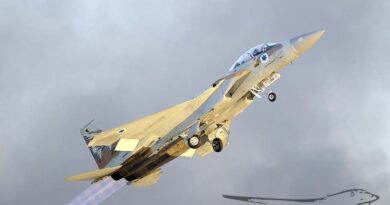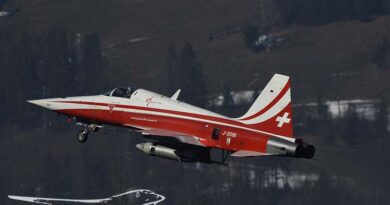Flugzeugträger USS Enterprise
The key data of the 342-metre-long ship are also impressive. The nuclear reactors generate a propulsion power of more than 200,000 hp, which is transmitted to four propellers, each weighing 32 tonnes, and allows a top speed of more than 55 km/h. Although the flight deck measures over 18000 square metres, it is sometimes ominously crowded. After all, dozens of planes and helicopters take off and land here and are manoeuvred to the centimetre. At times, the jets taxi just inches away from dropping into the sea. The deck personnel must constantly keep a sharp lookout to avoid being blown overboard by a jet exhaust or getting in the way of one of the aircraft. It is not for nothing that the flight deck of a carrier is considered one of the most dangerous workplaces in the world.
But even below deck there is not exactly an overwhelming amount of space. The largest area is the hangar deck with 14,000 square metres, yet the machines to be serviced are crowded together. In the labyrinth-like corridors of the ship, there is a constant hustle and bustle, after all, the crew consists of about 4600 men and women. Despite all the crampedness and restrictions, they are proud of their ship. “We are Legend” is emblazoned on several signs. After all, the Enterprise was the oldest ship of the US Navy in active service after the traditional sailing ship USS “Constitution” from the 18th century and already the eighth ship with the tradition-rich name.
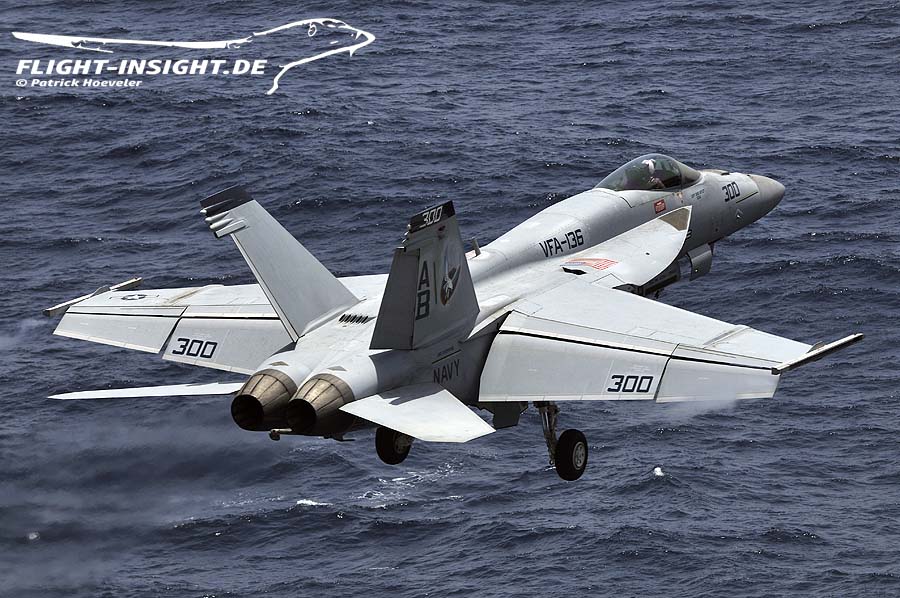
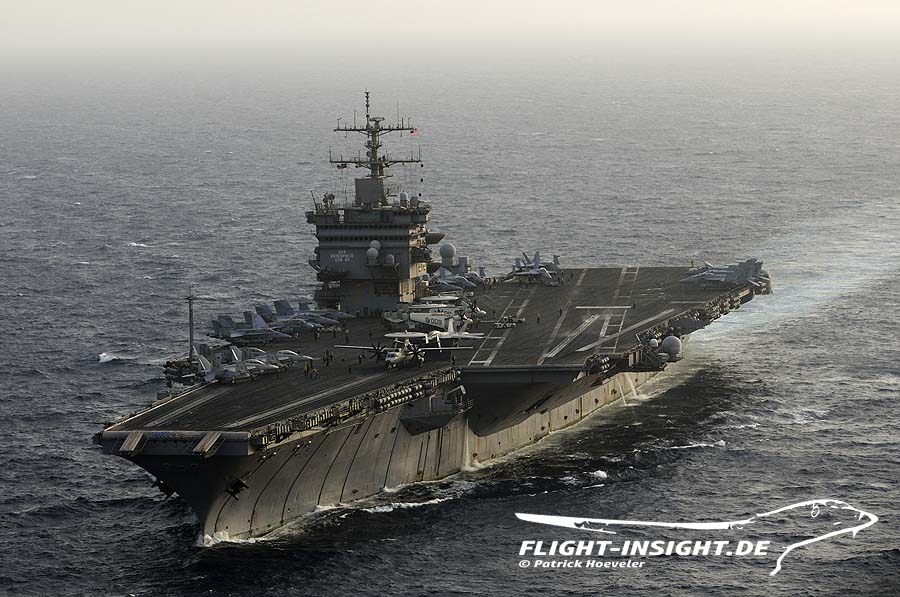
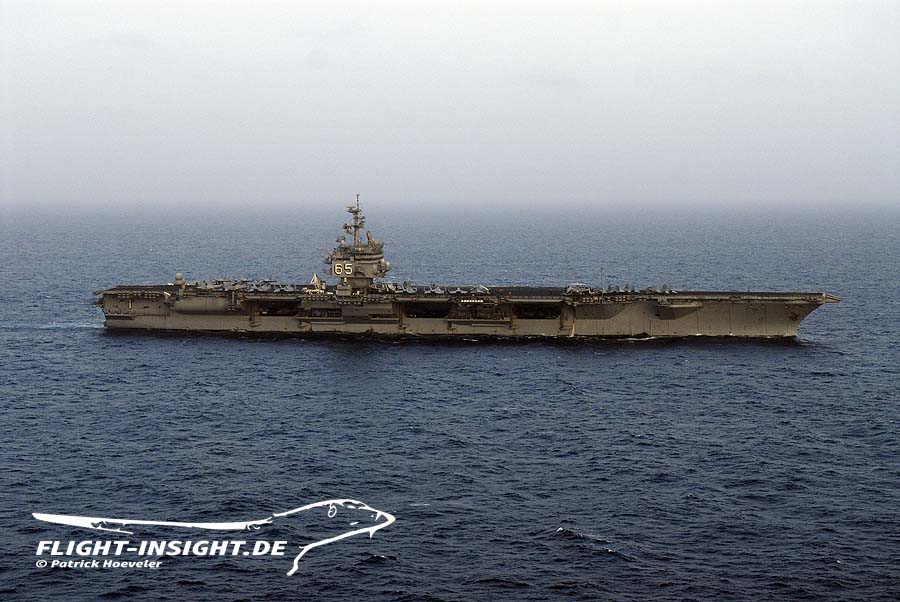
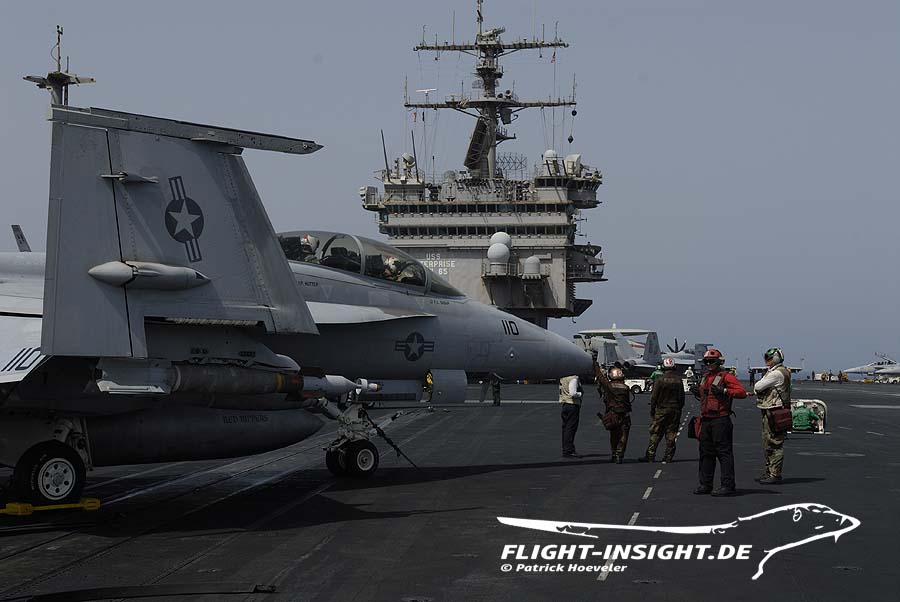

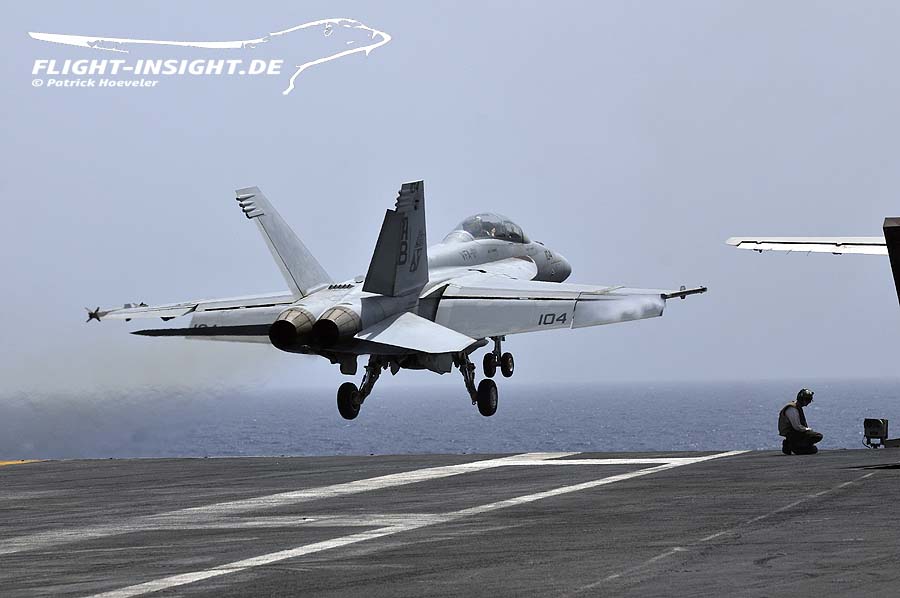
The keel was laid on 4 February 1958, followed by the commissioning on 25 November 1961. Due to the enormous production costs of 451 million dollars at the time, a new carrier class was not built as planned. The Enterprise remained a one-off that soon proved its worth. In February 1962, it served as a relay and tracking station during astronaut John Glenn’s Mercury mission, and a little later in October 1962, it took part in the naval blockade of the island state during the Cuban Missile Crisis. From December 1965, the first missions took place in the Vietnam War. This was followed by a large number of cruises, but also modernisations and cost-intensive overhauls. The last overhaul at the Northrop Grumman shipyard in Newport News alone, which began in April 2008, cost around 662 million dollars, almost half as much as originally planned. And the overhaul took seven months longer than originally planned. It was not until two years later that the carrier set sail again.
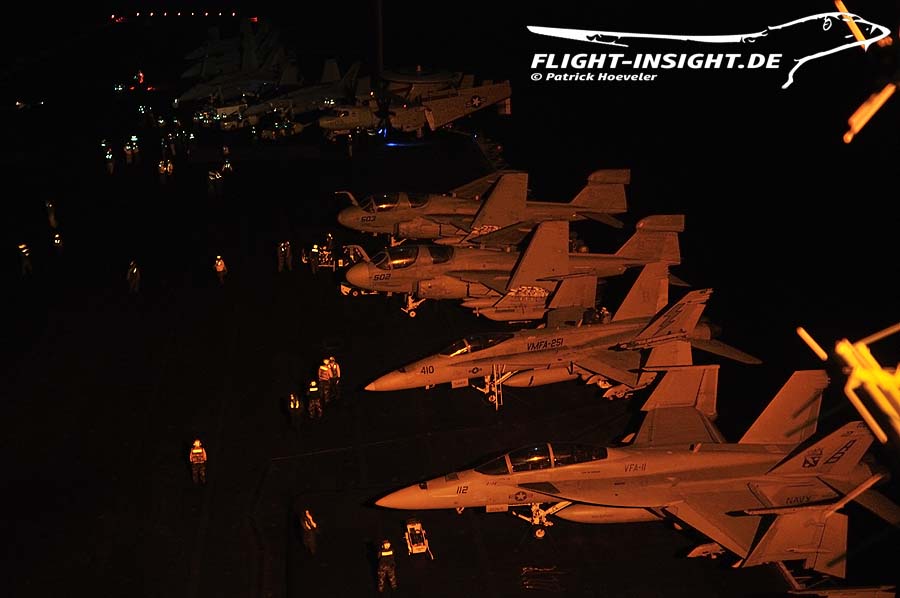
In spring 2012, the USS Enterprise finally set off on its 22nd and final operational cruise. The official deactivation followed on 1 December 2012. Unfortunately, there is no future as a museum ship but a lengthy scrapping process is following. At least the third example of the new Ford class, the CVN-80, is to be christened Enterprise again. Then the legend will live on.

